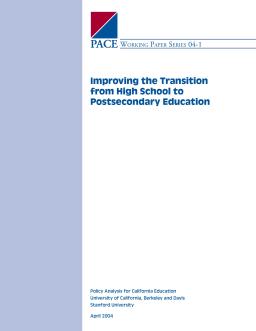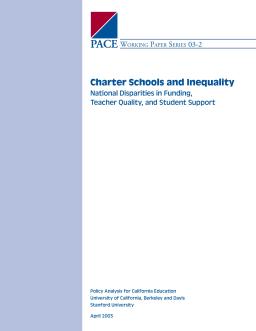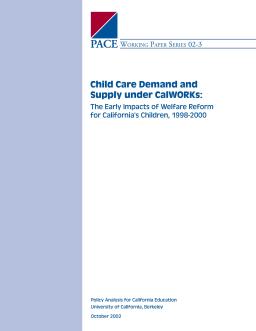Crafting Standards to Track Quality
Published
Summary
This paper investigates the effects of class size reduction (CSR) on student achievement in California's K-3 classrooms. Using data from the state's Standardized Testing and Reporting program, the authors find that smaller class sizes improve student achievement in English-language arts and have a stronger effect on low-income and minority students. However, the authors caution that the full benefits of CSR may be realized only with sustained implementation, quality teaching, and alignment with curriculum and instructional strategies.
The Reliability of How States Track Achievement
Published
Summary
This paper analyzes the impact of the No Child Left Behind Act on the state's funding system and notes that it exacerbated inequities by penalizing schools that did not meet annual progress targets without providing sufficient resources to help them improve. The authors suggest that a more equitable funding system based on student needs and costs would better serve all students, including those who are struggling to meet academic standards.
Published
Summary
The Bridge Project, a study of K-16 issues, presents three papers on college transition. The first finds a widespread lack of knowledge about college requirements and readiness among California students and parents. The second analyzes how students receive vague signals about academic college readiness. The third provides an example of how to improve K-16 transition and send clearer academic standards signals. Policy implications include low or no-cost recommendations to address these issues.
Published
Summary
The No Child Left Behind Act of 2001 mandates all states to demonstrate “adequate yearly progress” towards state proficiency goals. This report explores how to measure sustained improvement in California public schools, and how demographic and school-level variables relate to student achievement. Annual Academic Performance Index scores alone do not indicate sustained improvement, so it is recommended to consider student progress over a longer time frame and all known variables that impact it.
National Disparities in Funding, Teacher Quality, and Student Support
Published
Summary
Charter schools were intended to close the achievement gap and create tight-knit communities that motivate students and teachers. The assumption is that charter schools can avoid the disparities that public schools face. Recent data from the National Center for Educational Statistics (NCES) allows for comparison between charter and public schools. The survey data illuminates similarities and differences between the two types of schools.
The Early Impacts of Welfare Reform for California's Children, 1998–2000
Published
Summary
This report examines the effects of welfare-to-work and childcare capacity building on the childcare system in California, prompted by changes in the childcare system and welfare reform. The study was requested by the California Department of Social Services, and this paper provides an overview of the findings.





